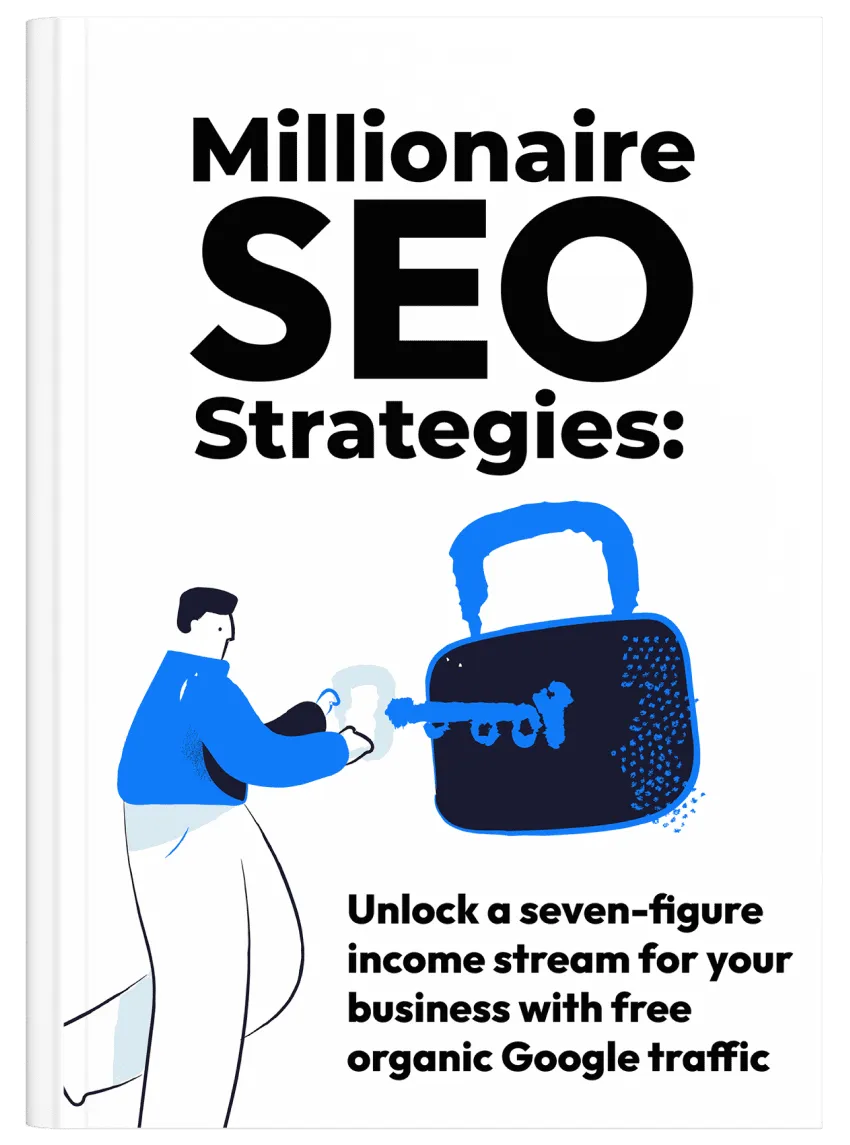
The Pros and Cons of Publishing Content on Medium
Nearly every company or online business has a blog nowadays. It is easy to see why.
Content is the undisputed king, and even in this era of digital marketing where businesses are vying for attention of their potential customers and target audience, good and high-quality content continues to pop up, compete, and thrive.
However, there is one problem.
Although most companies now have active blogs, very few of them actually get the eyeballs they think they’d get.
Not too many views lead to disappointment — not to mention “wasted” efforts, no potential leads, and, obviously, not much sales to show for it.
Perhaps this is the reason why Medium pops out as such an interesting and tempting platform. Started by a Twitter co-founder, Medium is a publishing platform (well, a part-publishing, part-social platform) that solves one of the biggest
problems in today’s content marketing world: exposure.
As Medium already has a huge following, it gives you more opportunities to get in front of audiences that you couldn’t have otherwise, which is what makes Medium so interesting for content marketers as well as huge corporations.
Several big companies, including BMW and Sweetgreen, have decided to host their blog entirely on Medium.
But is it worth it?
Like everything else in this world, publishing on Medium has its pros and cons. In this article, we take a look at the advantages and disadvantages of publishing on Medium.
The Pros of Publishing on Medium
1. Exposure and Views
The biggest benefit of publishing on Medium — as we just mentioned — is the exposure. Medium receives more than 60 million visitors per month. Can your blog get the same audience?
Probably not — at least not when you are just starting.
So if you are interested in getting your content in front of as many people as you can, Medium offers the best opportunity to do so.
2. A Great Content Management System
Although most websites use WordPress as a content management system (which is great!), Medium also has a great CMS to power it.
It’s clean and very simple to use. Moreover, the way content appears on Medium is another great advantage. Most of the custom-made blogs aren’t this pretty.
There’s a lot of white space on the Medium platform, which leads to a great readability experience. Readers can also highlight and comment on specific quotes, and the Medium platform also tells readers the estimated time required to read a certain post — all of which improves an already great reading experience.
3. SEO Power
You know the biggest struggle for taking off a new website? It’s the lack of SEO power in it.
Medium generates so many backlinks on a regular basis. Moreover, with such great content, it has built an excellent reputation for readers as well as search engines, which helps with higher rankings in SERPs.
Moz gives Medium a domain authority of 92/100 — which is way more what you could expect for your own domain.
In other words, publishing on Medium offers a rare advantage in today’s competitive digital landscape, i.e., if you write great content and strategically optimize it for SEO, you have a solid chance of ranking for competitive and valuable keywords.
4. The Social Angle
Medium is built by a Twitter co-founder. Can we really expect that it wouldn’t be social friendly?
Medium strategically use the social media sharing elements to add a new dimension to content, organic power, virality, and more traffic. While it appears simple to replicate on your own website, Medium does it so much better.
Moreover, when your content is published, it is immediately syndicated to a huge network. This interaction and the potential of virality can be extremely valuable to companies.
The Cons of Publishing on Medium
But it isn’t all a bed of roses.
Publishing on Medium also has its disadvantages.
1. Less Control
If you like things different, you can’t do much about it.
Medium is a one-size-fit-all platform. So if you don’t like how your content appears on Medium, you can’t do anything about it. You have way less control on Medium than you’d have on your website, obviously.
2. Less Potential for Lead Generation
While you could be creative and create lead generation opportunities, Medium does not have a built-in method for consistently generating high-quality leads.
In our opinion, this is perhaps the biggest disadvantage of using Medium.
3. Fewer Numbers and Analytics
Medium analytics vs. Google Analytics?
There’s no comparison there.
While Medium does offer great insights and information regarding your published content, it does just enough.
On the other hand, if you have a website with Google Analytics installed in it, you could uncover so much more about your audience, their behavior, content funnels, etc.
4. Can’t Leverage SEO
Another one of the biggest cons of publishing on Medium is that you can’t leverage the SEO juice your content generates for your own website.
While it is difficult to generate backlinks with contents on a new website, they are worth it when they eventually propel your website up in the search engines.
When you publish your content on Medium, and those posts generate lots of backlinks and attention, you can’t leverage all that SEO power to propel your own domain up in the search engine rankings. You could have done it had you published the posts on your website.
Final Words
Is Medium worth trying? Definitely!
It offers some great potential to get your business in front of people who matter. However, it is not without its own disadvantages and cons.
Therefore, we recommend analyzing your business plan and marketing strategy before diving into Medium. Craft a plan so that you can leverage the good aspects of Medium while covering other bases as well, such as lead generation.








